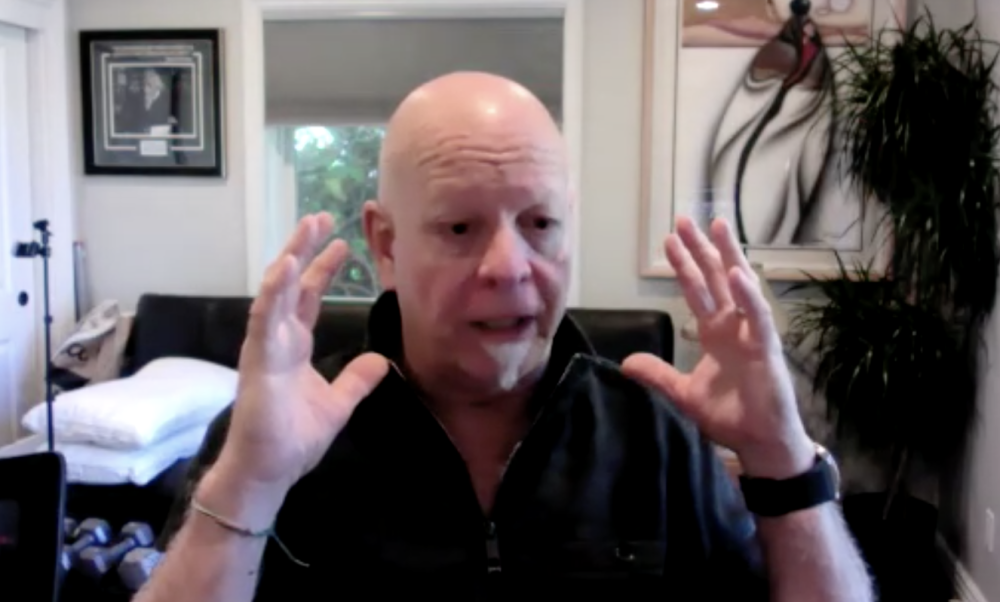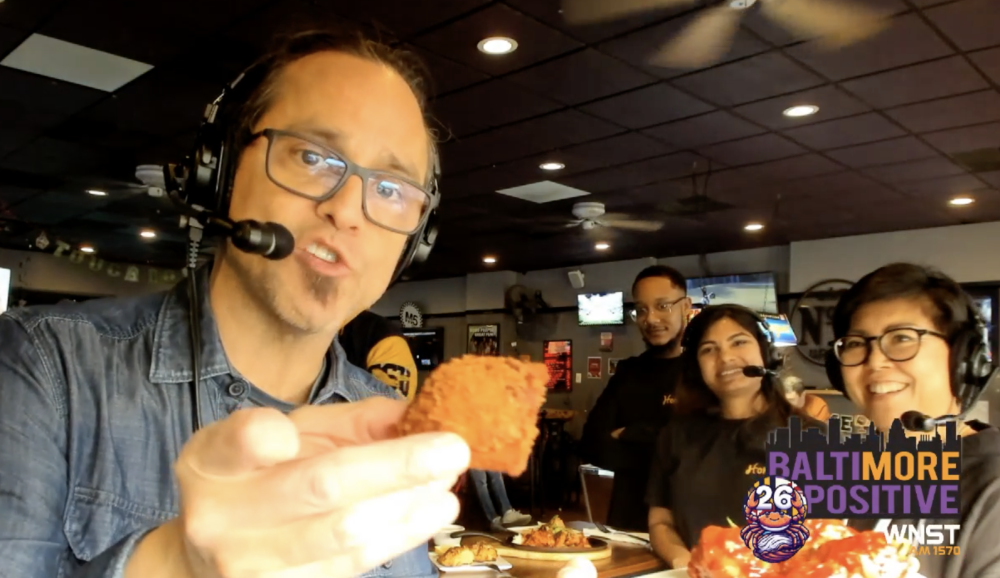This selecting a quarterback thing in the NFL draft is a crapshoot for almost everyone and the road is littered with names like JaMarcus Russell, Ryan Leaf, Joey Harrington, Akili Smith, and others who have been colossal mistakes that have cost talent evaluators and coaches their jobs for decades.
The old saying, “Son, your potential is going to cost me my job” was a phrase many coaches were familiar with at the college and pro levels.
As much as Billick took the brunt of the abuse and criticism for not nurturing or installing the right quarterbacks during his nine years in Baltimore, inside the Ravens scouting department they knew the jury was also out on them because the entire franchise would hang in the balance for what-would-now-be new head coach John Harbaugh if the team couldn’t find the right signal caller and offensive leader in the 2008 NFL Draft.
The closest the Ravens ever came to landing a productive NFL quarterback on draft day was in 2003 when Byron Leftwich was dangling on the board until Jacksonville took him after the Ravens attempted to trade up into Minnesota’s spot at No. 7 and snag him. The Vikings had a clock meltdown in New York at that draft and picks started slipping as they couldn’t get their selection in on time. Instead, Jacksonville took Leftwich, who was only a so-so NFL quarterback in retrospect, and the Ravens eventually drafted outside linebacker Terrell Suggs with the 10th pick and then traded their No. 1 pick in 2004 to the New England Patriots to draft quarterback Kyle Boller from Cal-Berkeley with the 19th overall pick.
Boller, a Southern California kid with GQ looks and Playboy taste — he dated actress Tara Reid and eventually married Miss California, Carrie Prejean — was thrown into the starting lineup immediately in September 2003 by Billick and despite finishing his career 21-19 and 16-7 at home, by the end of the 2005 season it was clear that no one in the organization still felt he could lead the team to the Super Bowl. The Ravens snatched an aging McNair, who was a warrior as the long-time leader of the Tennessee Titans (and Houston Oilers before the move to Memphis and then Nashville) in exchange for a fourth round pick in 2007. The inspired veteran McNair, who like Flacco was a first-round NFL pick from a Division I-AA school (Alcorn State), bonded with Ray Lewis and former teammates Samari Rolle and Derrick Mason and was excellent throughout the 2006 season in leading the Ravens to a 13-3 record before the mortifying home loss to the Colts in January 2007 when the entire offense was horrific.
But, nine months later, in the midst of the 2007 season that would cost Billick his job, this effort in Pittsburgh by McNair was atrocious. McNair got hurt in the season opener, was out of shape, gimpy, and broken down most of the rest of the way, and by the end of the year Billick was starting former Heisman Trophy winner and 7th-round draft choice Troy Smith, who thought he was better than anyone on the coaching staff did at the time. It was almost like Billick was playing Smith just to show everyone that he couldn’t play.
Everyone agreed that the Ravens defense was good enough to take the team to the Super Bowl, but the offense lagged behind in every way. It was also no secret that the Ravens spent an inordinate amount of their money on the defensive side of the ball where that superior talent resided.
And after the glacial pace and the anemic output of the offense against the arch-rival Steelers, Ozzie Newsome gave a directive to Eric DeCosta and everyone on the scouting staff that finding a starting quarterback in the midst of a lost season was the biggest priority for the team in the April 2008 NFL draft.
The Ravens scouts, led by DeCosta, Hortiz, and the road crew spent the next five months from November 2007 through April 2008 scouting quarterbacks like they had never before.
While realizing that the position was a glaring weakness they also sensed their own responsibility for the empty cupboard on the rest of the offense, especially with Ogden about to retire. Clearly, all of the parts of the offense are interconnected so it was a bit of a chicken and egg for productivity. Historically, the Ravens struggled to find wide receivers to make plays, but plenty of that could be attributed to poor quarterback play or even poor protection of the quarterback in some cases. But the Ravens already had Mason and Todd Heap and a decent running attack led by Willis McGahee, so it was a fair starting point for whomever they’d find in the April draft to be a young quarterback to groom. A young quarterback would also have a sturdy defense to help his development, taking off some of the pressure, knowing the offense didn’t have to get seven points on every possession.



























